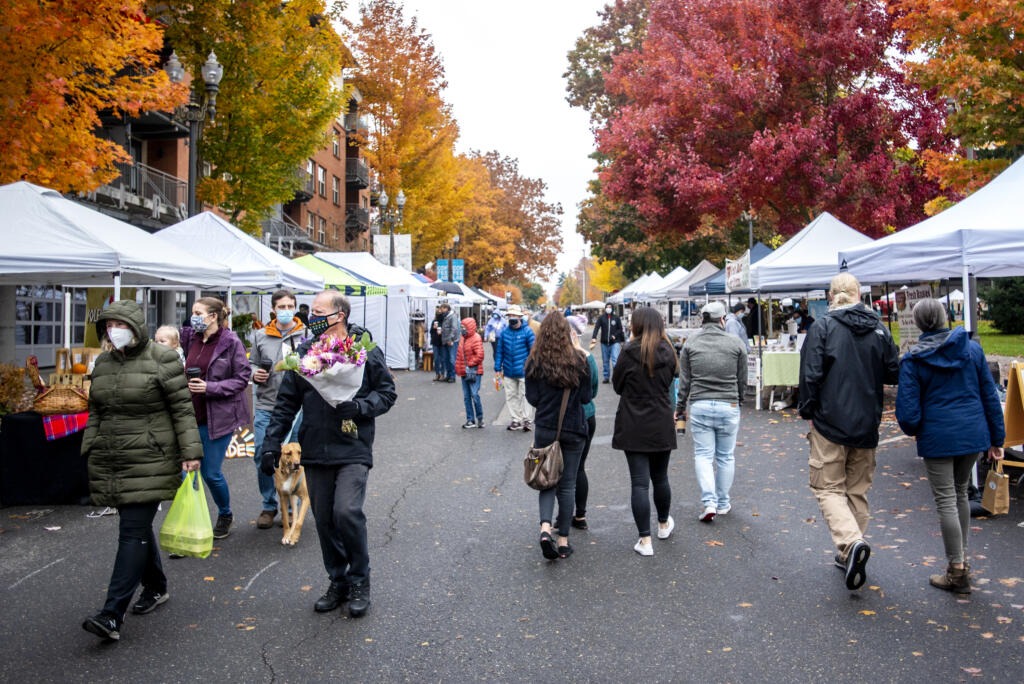Southwest Washington is among the fastest-growing regions in the state, according to new data released by the Washington Office of Financial Management.
Clark County saw the second-largest population increase by percentage between 2020 and 2021, the data reports. The county’s population rose by an estimated 2.72 percent, amounting to 13,600 more people.
The region’s recent growth tracks with anecdotal reports from local leaders, who have been pointing to robust housing construction trends that persisted even through the COVID-19 pandemic.
Among cities, Ridgefield is the fastest-growing municipality in the state by percentage, growing by 18.32 percent in the last year. Only one other city, Black Diamond, cracked double digits.




